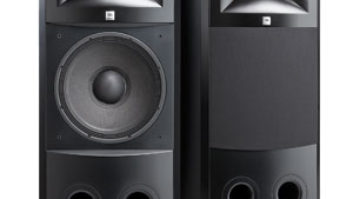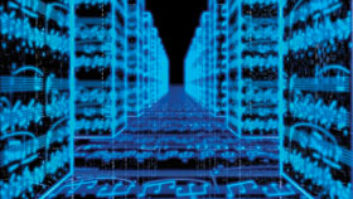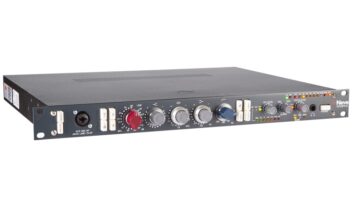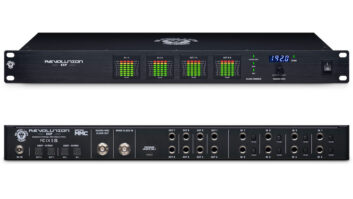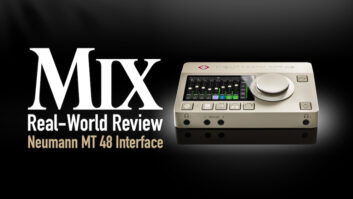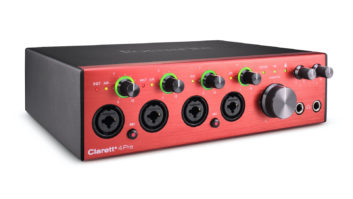Remember those giant mixers that used to be in every major recording studio? We lost a lot when they became virtualized into pixels on a screen, controlled by a mouse…or maybe a limited hardware controller with a few moving faders, and bank switching so you could always be somewhat confused about what was controlling what. But just as it was obvious years ago that someday RAM would be inexpensive enough to replace hard drives, it seems that the large-format mixer may be making a comeback—but under a different guise.

First, let’s consider what made big hardware mixers an endangered species. One problem is they’re loaded with hardware that must be spec’ed, procured and inventoried (with enough spares to cover servicing). Then there’s the issue of mounting and wiring; some of those wires need to be shielded, and all of them terminate either in a solder joint or connector, both of which can have reliability problems. And mechanical parts need maintenance—a potentiometer’s resistive element can wear, switch contacts corrode, etc. What’s more, this all lives in some serious sheet metal that has to be stamped, drilled and finished. With commodity prices going through the roof (priced any copper lately—or the gold for circuit board edge connectors?), even though the recording element of recording studios has plummeted in price thanks to computers, control surfaces and hardware mixers remain stubbornly costly with no end in sight.
However, that’s about to change with upcoming price drops on large, multi-touch touchscreens. People are definitely comfortable with touchscreens, whether it’s in a phone, iPad or audio gear. Already, PreSonus is using the iPad as a remote control for the StudioLive mixers, and Yamaha supplements the eight faders on its Motif XF keyboard with eight more faders on an iPad, giving physical control over all 16 tracks in the keyboard workstation’s sequencer. But it’s not going to stop there.

At the 2011 Frankfurt Musikmesse, Smithson-Martin’s Emulator touchscreen for DJs (which had been introduced at NAMM, but buried in Hall E) got the attention it deserved, but it wasn’t just any touchscreen, and it gave a taste of what may be the future of mixing consoles, recording studios, live sound and a lot more. There are 32- and 42-inch versions (see picture), which were shown interfacing with Native Instruments’ Traktor. Not only can the DJ work with it, but also its transparent nature allows the audience to see the interface’s “back side,” thus bringing them into the DJ action. Interestingly, part of the demo involved pouring water on the screen, then wiping it off, with no ill effects.
It’s not cheap (more than $6,000 for the 42-inch model), but consider the implications. Imagine a touchscreen the size of a medium-format physical mixer controlling the virtual mixer in your DAW of choice. Thanks to six-point multitouch, you could seamlessly control multiple parameters (e.g., moving faders simultaneously, or bouncing back and forth among adjusting EQ and busses). While not indestructible, neither is a physical mixer. Either one has to be set up properly, not dropped, and so on. However, the touchscreen has the advantage of hooking into your PA or recording setup via a digital communications protocol, so you can forget about huge, multi-conductor cables.
What’s more, the cost could be amortized over multiple applications. Just as an LCD monitor doesn’t care what program you view on it, that same control surface could also control musical instruments, or a video editor, or whatever. According to a Smithson-Martin representative, it’s not terribly difficult to put the hooks in software to control a giant touchscreen. Touchscreens even allow techniques not possible with physical devices, like tapping on a fader to create instant level jumps.
Will even relatively small studios in the future replace their QWERTY keyboard, mouse and limited-control surface with a giant touchscreen? When you consider rapidly falling touchscreen prices, and that they could be implemented modularly (like a sort of super-channel strip, adding banks of mixing capabilities), I’m placing my bets on “yes.” Just give it a few more years.
Craig Anderton is executive editor of Electronic Musicianmagazine and editor in chief of harmonycentral.com.
